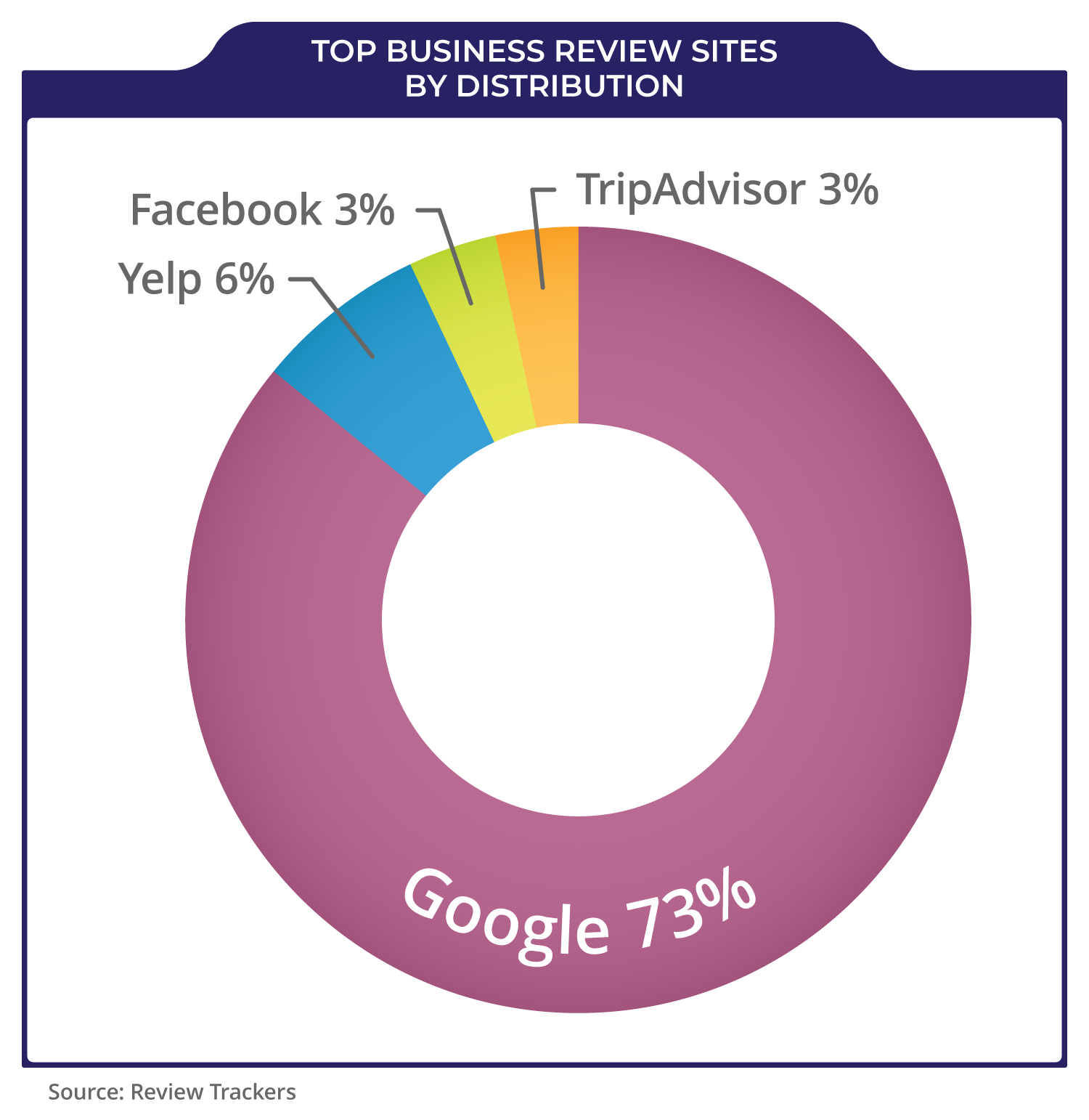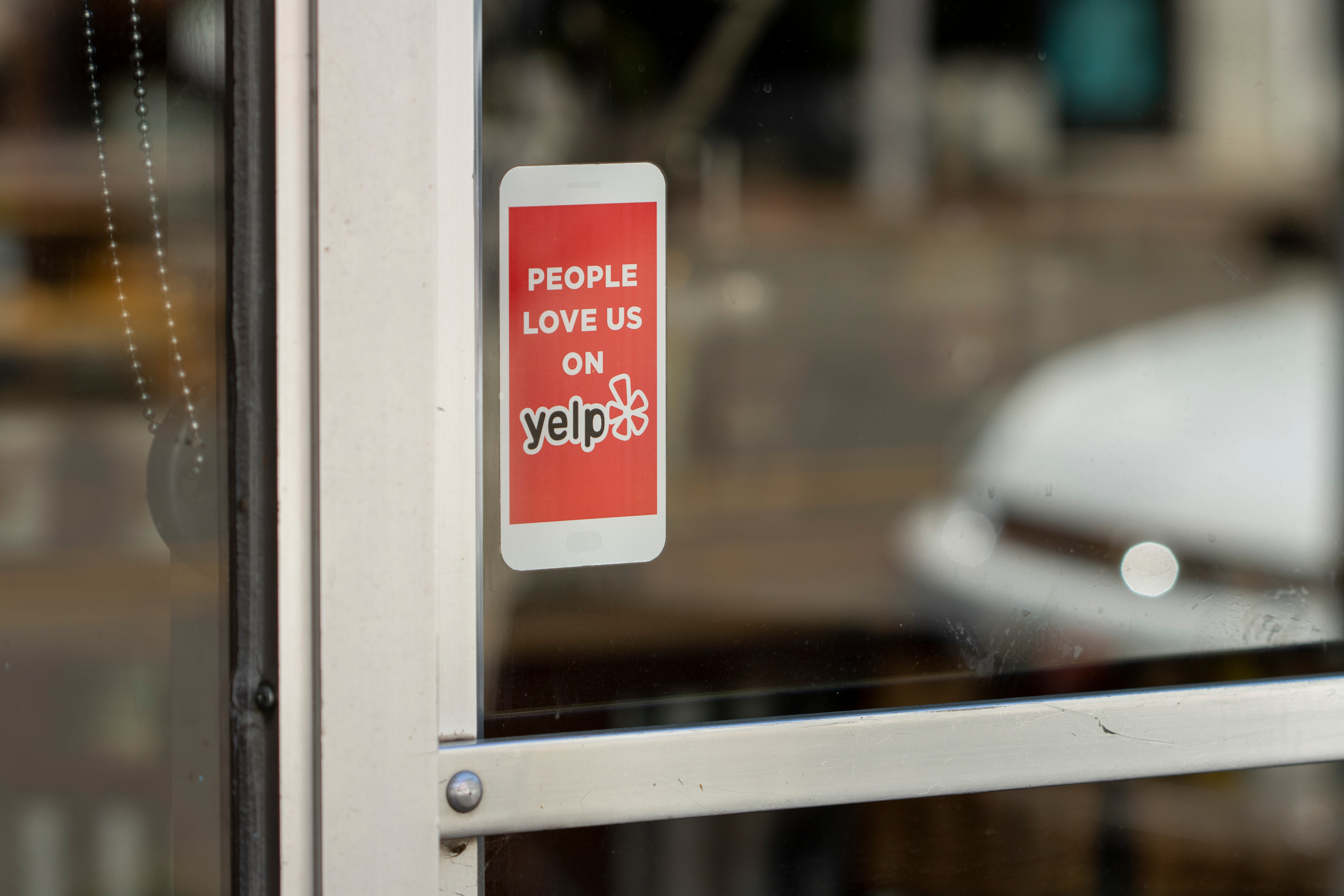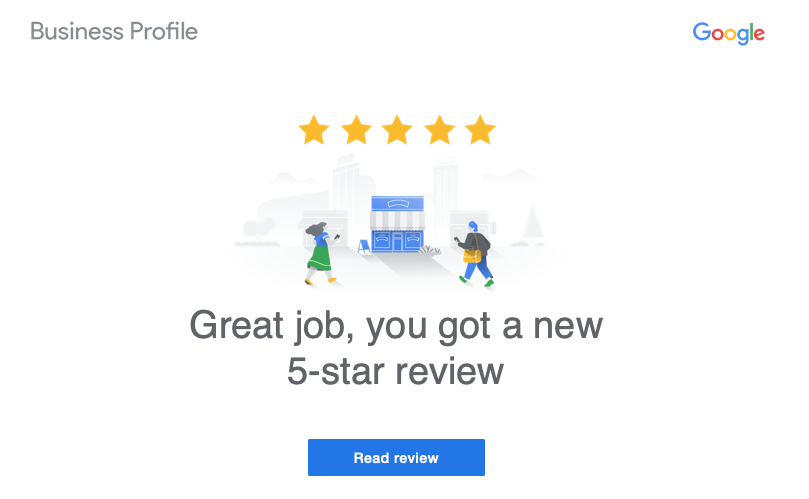
Stars, Stats, and the Power of the Pour:
Why Winery Reviews Are Your Most Underrated Marketing Tool
Online reviews aren’t fluff. They’re not nice-to-haves, and they shouldn’t be afterthoughts. They are critical, high-impact marketing assets that shape consumer perception, affect your search rankings, and—let’s be honest—determine whether or not someone walks through your tasting room door.
You don’t need hundreds of reviews overnight, and you definitely don’t need to beg for them. What you need is a plan.
Here’s how to approach winery reviews strategically—and professionally.
Why Reviews Matter So Much
Online reviews are today’s word of mouth but with a larger megaphone. They don’t just impact reputation—they influence your visibility, credibility, and revenue. The key platforms are:
- Google: This is the baseline. You’re losing ground in local SEO if you’re not actively managing your Google reviews. More reviews = better ranking = more foot traffic.
- Yelp: High purchase intent lives here. 80% of Yelp users are ready to transact when they visit the platform. If you offer a tasting experience or food, being on Yelp is not optional.
- TripAdvisor: For wineries in tourist-heavy regions or catering to long-distance or international travelers, TripAdvisor is critical. Nearly three-quarters of users say reviews on TripAdvisor directly influence their travel decisions.
Summary: Google gets you found. Yelp gets people in the door. TripAdvisor gets you on the vacation itinerary. You need all three.

Creative, Non-Cringe Ways to Ask for Reviews
We get it. Asking people to leave reviews is awkward and can feel like asking a stranger to write you a college recommendation letter. There’s nothing more disingenuous than saying, “I’d love it if you’d leave us a review!” without context or timing. The trick is to make the request feel natural and authentic or—better yet, part of the experience.
1. Make it Obvious
- Give customers multiple ways to “get the hint” and take the heavy lifting off your tasting room team. Window clings with Yelp Reviews, QR codes on table tents, or a request for reviews on the receipt can let customers know that you’re open to feedback.
2. Ask During a Moment of Delight
- The “Golden Hour” Ask: When a guest compliments a wine or the team, that’s your opening. Train staff to respond with, “We love hearing that. If you feel like sharing that on Google or Yelp, it really helps other people find us.”
- Thank You Cards with QR Codes: At the end of the tasting, hand guests a small branded card with a QR code that links directly to your review page. It feels like a keepsake, not a push.
- Small Incentives with Big Impact: Offer guests who leave review access to a pairing guide or a future invite-only tasting. It’s not a bribe—it’s a VIP nudge.
3. Reinforce with Post-Visit Follow-Ups
- Personalized Emails: Skip the generic. Reference their visit. “It was a pleasure having you on Saturday—if you enjoyed your tasting, we’d truly appreciate a quick Google review.”
- Notes in Shipments: A short handwritten thank-you in a wine club box or online order encourages reviews after the wine has been enjoyed (and the sentiment is warm).
3. Leverage Social Media Wisely
- Story Polls and Highlights: Ask visitors to share their experiences and subtly point them to your review platforms.
- User-Generated Content: If someone posts a glowing photo or story, amplify it—and gently invite them to share the same love on Google or Yelp.

Monitoring Reviews: How Often, Who’s Responsible, and How Fast to Respond
If you’re successful, posed reviews are not a set-it-and-forget-it situation. Reviews should be checked daily—yes, daily. We’re talking for less than five minutes of your time about something that could directly influence a visitor’s decision.
Here’s how to make sure nothing slips through the cracks:
- Assign ownership. Someone on your hospitality, marketing, or DTC team should be officially responsible for monitoring and responding to reviews. But choose this position wisely. Research shows that how and when you respond has significant consequences. Make no mistake—you are being judged by the public here.
- Set alerts. Google Business Profile, Yelp, and TripAdvisor all allow notifications for new reviews. Use them.
- Use tools. Free platforms like Google Alerts or Mention can help track broader mentions across the web.
Response Timing: 24 Hours or Less
Positive or negative, your goal is to respond within a day. Fast responses show you’re engaged, professional, and attentive. Waiting too long—especially for negative feedback—signals indifference.
Who Should Respond?
Whoever’s responsible must be empowered to speak on behalf of your brand. That means clear guidelines and a little training. Responses should be thoughtful, on-brand, and composed—never canned, never combative.
Responding to Positive Reviews: Don’t Phone It In
Acknowledging great reviews builds loyalty, encourages others to chime in, and shows the world you’re paying attention.
Make it personal, even if it’s brief:
- “Thanks, Sarah! We loved hosting you—so glad you enjoyed the Pinot. Hope to see you again soon.”
- “That feedback means the world. We work hard to make visits memorable, and we’re thrilled you felt that.”
The trick? Say thank you, keep it short, and reference something specific if you can.
Responding to Negative Reviews: Stay Classy
Not every review will be glowing, but everyone deserves a thoughtful response.
- Acknowledge the issue. “We’re sorry your experience wasn’t what you expected.”
- Apologize (even if it hurts). It doesn’t mean you’re wrong—it means you care.
- Take it offline. Offer to continue the conversation via phone or email to resolve the issue privately.
- Never get defensive. A hostile response can do more damage than the review itself.
Example:
- “We’re sorry to hear that your visit didn’t meet expectations. Your feedback is important, and we’d appreciate learning more. Please reach out to us directly at [email].”
- “You caught us off guard on a bad day, and we apologize. If you’d be open to giving us another try, please reach out to me, and I’ll personally reschedule your tasting.”

Put Those Glowing Reviews to Work
Don’t let your best reviews live and die on the web. Repurpose them across your marketing channels:
- Website: Add genuine reviews to your tasting room and homepage for instant credibility.
- Social: Feature a “Review of the Week” or share testimonials with compelling visuals.
- Email: Highlight recent reviews in your newsletters to keep the love going.
- Ads: Strong quotes make a strong copy—”Rated 4.9 Stars on Google” is great ad fuel.
Should You Advertise on Review Platforms?
- Google Ads: Yes. Especially for high-intent searches like “wineries near me” or “best wine tasting in [region].”
- Yelp Ads: Test it. Yelp’s organic traffic is valuable, but paid results can be hit or miss.
- TripAdvisor Ads: If tourists make up a large part of your traffic, yes. Visibility here can drive serious volume.
Final Thoughts: Reviews Are Part of the Experience
Think of reviews not as afterthoughts but as extensions of your hospitality. A great visit doesn’t end when the last pour is served—it ends when the guest posts a glowing five-star summary online. The goal? Make that process easy, natural, and part of your brand story. When managed well, reviews don’t just boost your online reputation—they drive real business. So monitor them. Respond to them. Use them. And whatever you do, don’t ignore them.


